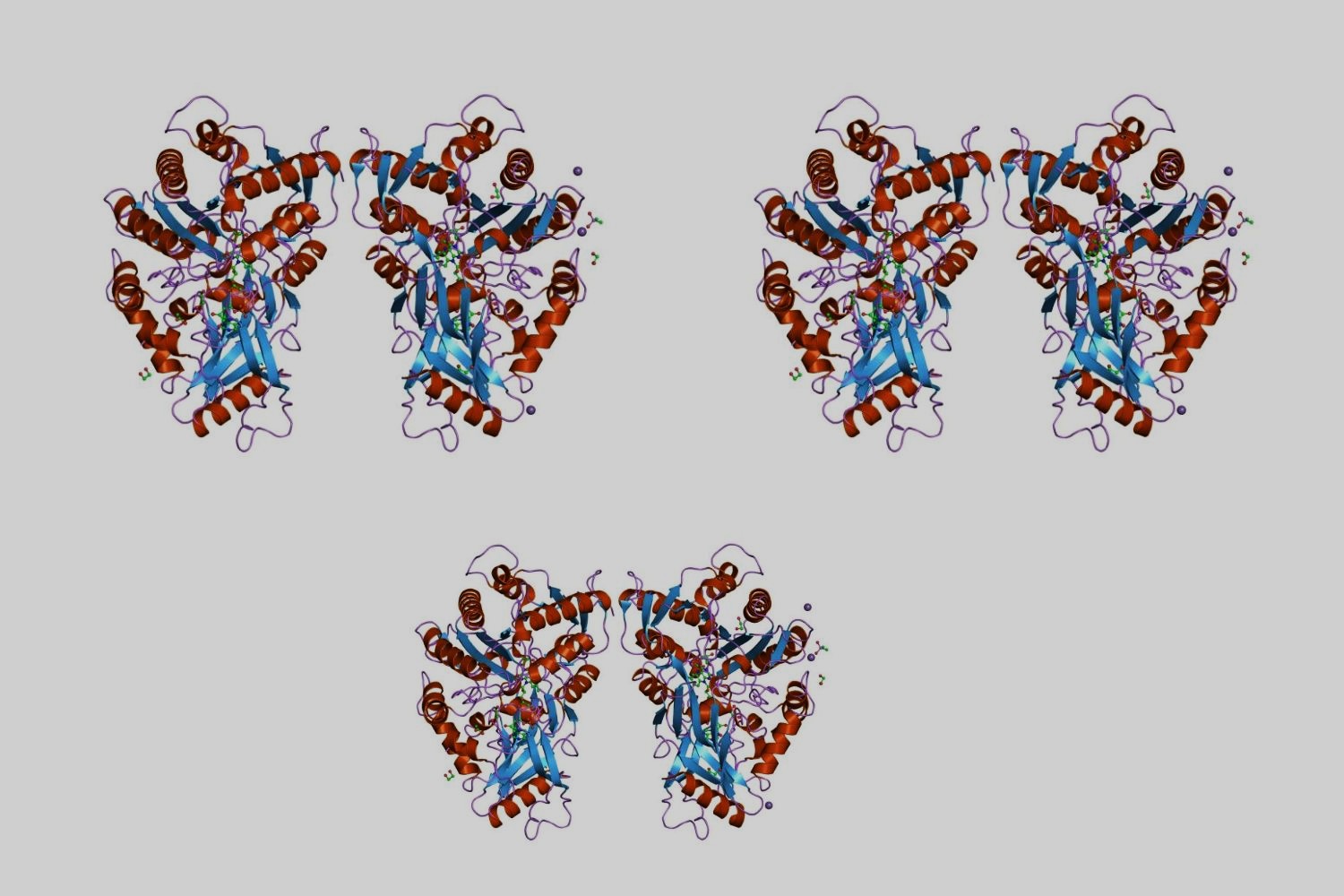
Trihydroxycholestanoylcoa Oxidase Isolated Deficiency might sound like a mouthful, but understanding it is crucial for grasping some rare metabolic disorders. This condition involves a specific enzyme deficiency that affects bile acid synthesis, leading to various health issues. Bile acids play a vital role in digesting fats and absorbing fat-soluble vitamins. When the body can't produce them properly, it can result in liver disease, growth problems, and neurological issues. Symptoms often appear in infancy or early childhood, making early diagnosis and treatment essential. This blog post will dive into 30 intriguing facts about this rare condition, shedding light on its causes, symptoms, and potential treatments.
Key Takeaways:
- Trihydroxycholestanoylcoa Oxidase Isolated Deficiency is a rare genetic disorder affecting fat breakdown, leading to developmental delays and liver issues. Early detection and management are crucial for improving quality of life.
- While there is no cure for Trihydroxycholestanoylcoa Oxidase Isolated Deficiency, treatments like dietary management and gene therapy offer hope. Support groups and advocacy organizations provide emotional and practical support for affected individuals and families.
What is Trihydroxycholestanoylcoa Oxidase Isolated Deficiency?
Trihydroxycholestanoylcoa oxidase isolated deficiency is a rare genetic disorder affecting the body's ability to break down certain fats. This condition can lead to various health issues, including developmental delays and liver problems. Here are some intriguing facts about this rare disorder.
-
Genetic Basis: This deficiency is caused by mutations in the HSD17B4 gene, which provides instructions for making an enzyme involved in fatty acid metabolism.
-
Enzyme Role: The enzyme affected by this deficiency is crucial for breaking down very long-chain fatty acids, which are essential for energy production.
-
Inheritance Pattern: It follows an autosomal recessive inheritance pattern, meaning both parents must carry a copy of the mutated gene for a child to be affected.
-
Symptoms: Common symptoms include developmental delays, liver dysfunction, and neurological issues.
-
Diagnosis: Diagnosis often involves genetic testing to identify mutations in the HSD17B4 gene.
Symptoms and Diagnosis
Understanding the symptoms and how this deficiency is diagnosed can help in early detection and management.
-
Early Signs: Infants may show signs of hypotonia (reduced muscle tone) and feeding difficulties.
-
Liver Issues: Liver dysfunction can manifest as jaundice, hepatomegaly (enlarged liver), and elevated liver enzymes.
-
Neurological Impact: Neurological symptoms can include seizures, developmental delays, and intellectual disability.
-
Biochemical Tests: Blood and urine tests can reveal elevated levels of very long-chain fatty acids, indicating a metabolic disorder.
-
Imaging: MRI scans may show abnormalities in the brain, supporting the diagnosis.
Treatment and Management
While there is no cure, various treatments can help manage the symptoms and improve quality of life.
-
Dietary Management: A diet low in very long-chain fatty acids can help reduce symptoms.
-
Medications: Certain medications can help manage seizures and other neurological symptoms.
-
Liver Support: Regular monitoring and supportive care for liver function are crucial.
-
Physical Therapy: Physical and occupational therapy can help improve muscle tone and motor skills.
-
Genetic Counseling: Families may benefit from genetic counseling to understand the risks and implications of the disorder.
Research and Future Directions
Ongoing research aims to better understand this deficiency and develop new treatments.
-
Gene Therapy: Researchers are exploring gene therapy as a potential treatment to correct the underlying genetic defect.
-
Enzyme Replacement: Enzyme replacement therapy is another area of research, aiming to provide the missing enzyme.
-
Clinical Trials: Various clinical trials are underway to test new treatments and interventions.
-
Animal Models: Animal models are used to study the disease and test potential therapies.
-
Biomarkers: Identifying biomarkers can help in early diagnosis and monitoring the effectiveness of treatments.
Living with the Disorder
Living with trihydroxycholestanoylcoa oxidase isolated deficiency can be challenging, but support and resources are available.
-
Support Groups: Joining support groups can provide emotional support and practical advice.
-
Educational Resources: Access to educational resources can help families understand the disorder and manage it effectively.
-
Advocacy: Advocacy organizations work to raise awareness and support research for rare genetic disorders.
-
Financial Assistance: Some organizations offer financial assistance for medical expenses related to the disorder.
-
Specialized Care: Access to specialized medical care can improve outcomes and quality of life.
Interesting Facts
Here are some lesser-known facts about this rare genetic disorder.
-
Prevalence: It is extremely rare, with only a few cases reported worldwide.
-
Discovery: The disorder was first identified in the late 20th century through genetic research.
-
Research Advances: Advances in genetic research have improved our understanding of the disorder and its underlying mechanisms.
-
Patient Stories: Many patients and families share their stories online, providing insight and hope to others affected by the disorder.
-
Global Efforts: Researchers and organizations worldwide are working together to find better treatments and ultimately a cure.
Final Thoughts on Trihydroxycholestanoylcoa Oxidase Isolated Deficiency
Trihydroxycholestanoylcoa oxidase isolated deficiency, though rare, has significant impacts on those affected. Understanding its symptoms, causes, and treatments can make a big difference in managing the condition. Early diagnosis and intervention are crucial for improving quality of life. Genetic counseling and regular medical check-ups play vital roles in managing this disorder. Researchers continue to explore new treatments and therapies, offering hope for better outcomes in the future. Staying informed and proactive can help patients and families navigate the challenges posed by this condition. Always consult healthcare professionals for personalized advice and treatment plans. Knowledge is power, and being well-informed can lead to better health decisions.
Frequently Asked Questions
Was this page helpful?
Our commitment to delivering trustworthy and engaging content is at the heart of what we do. Each fact on our site is contributed by real users like you, bringing a wealth of diverse insights and information. To ensure the highest standards of accuracy and reliability, our dedicated editors meticulously review each submission. This process guarantees that the facts we share are not only fascinating but also credible. Trust in our commitment to quality and authenticity as you explore and learn with us.
